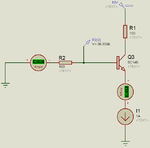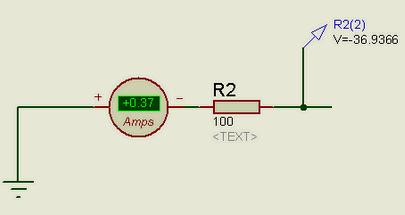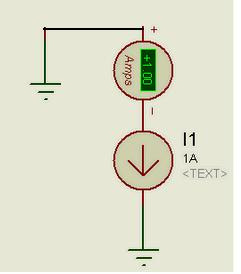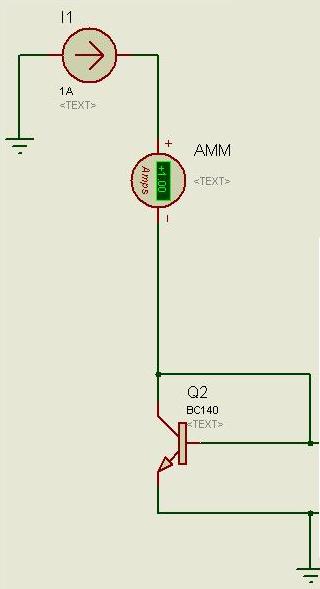Teejayzz
Newbie level 4
Hi,
I have made this current mirror circuit in proteus isis 7.10.
https://www.dropbox.com/s/qtlb0saaqmd9wr5/Cmirror.png
As Q1 and Q2 form a current mirror, the current AMM1 = 1A therefore AMM2 should also be 1A! but AMM2 here is 0A, so does AMM3. Can anyone tell what is wrong in this circuit? could it be an error by proteus itself? Please analyse and verify this circuit.
(NOTE: the current mirror is basically used to bias npn transistor Q3)
I have made this current mirror circuit in proteus isis 7.10.
https://www.dropbox.com/s/qtlb0saaqmd9wr5/Cmirror.png
As Q1 and Q2 form a current mirror, the current AMM1 = 1A therefore AMM2 should also be 1A! but AMM2 here is 0A, so does AMM3. Can anyone tell what is wrong in this circuit? could it be an error by proteus itself? Please analyse and verify this circuit.
(NOTE: the current mirror is basically used to bias npn transistor Q3)



